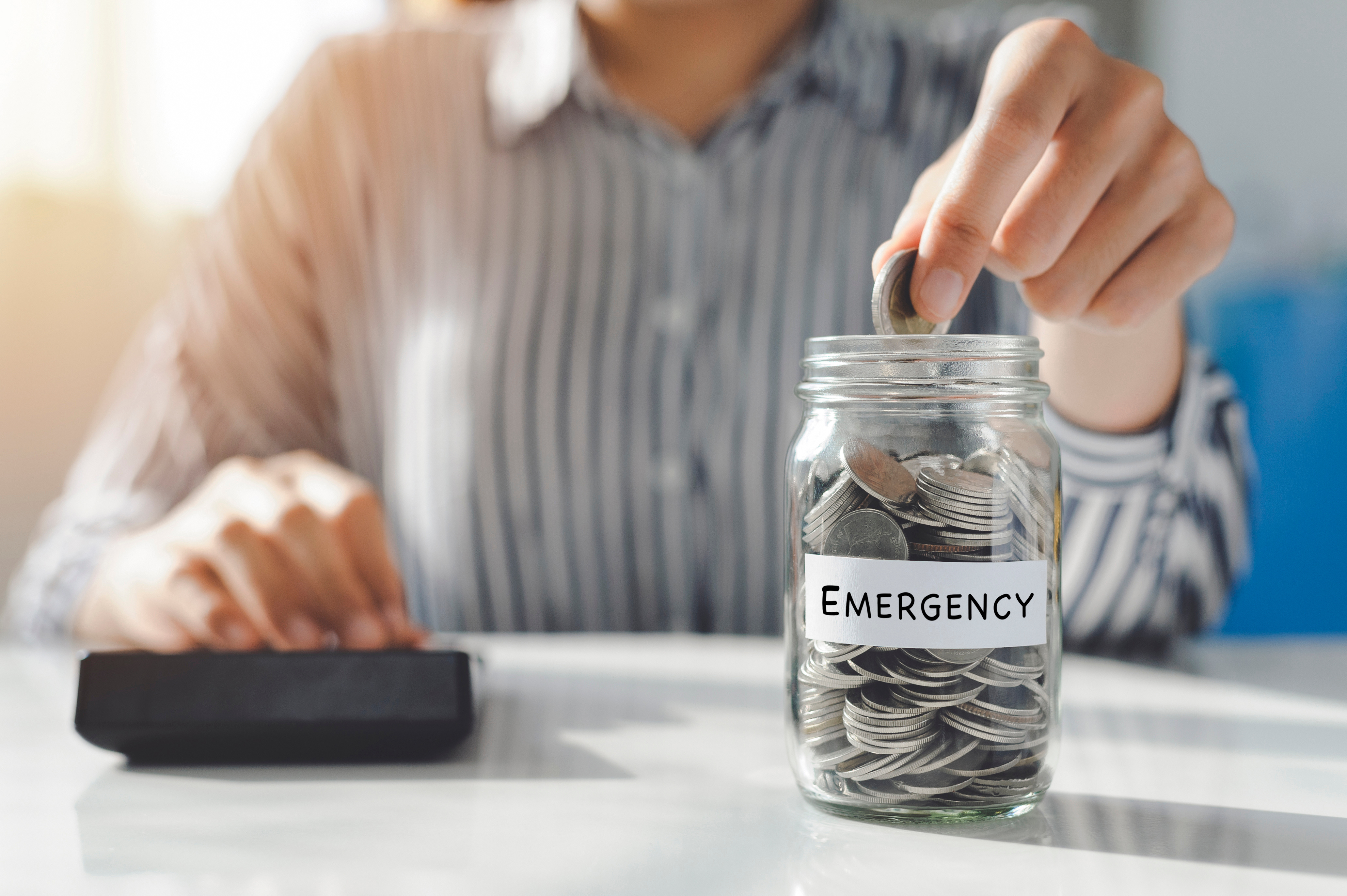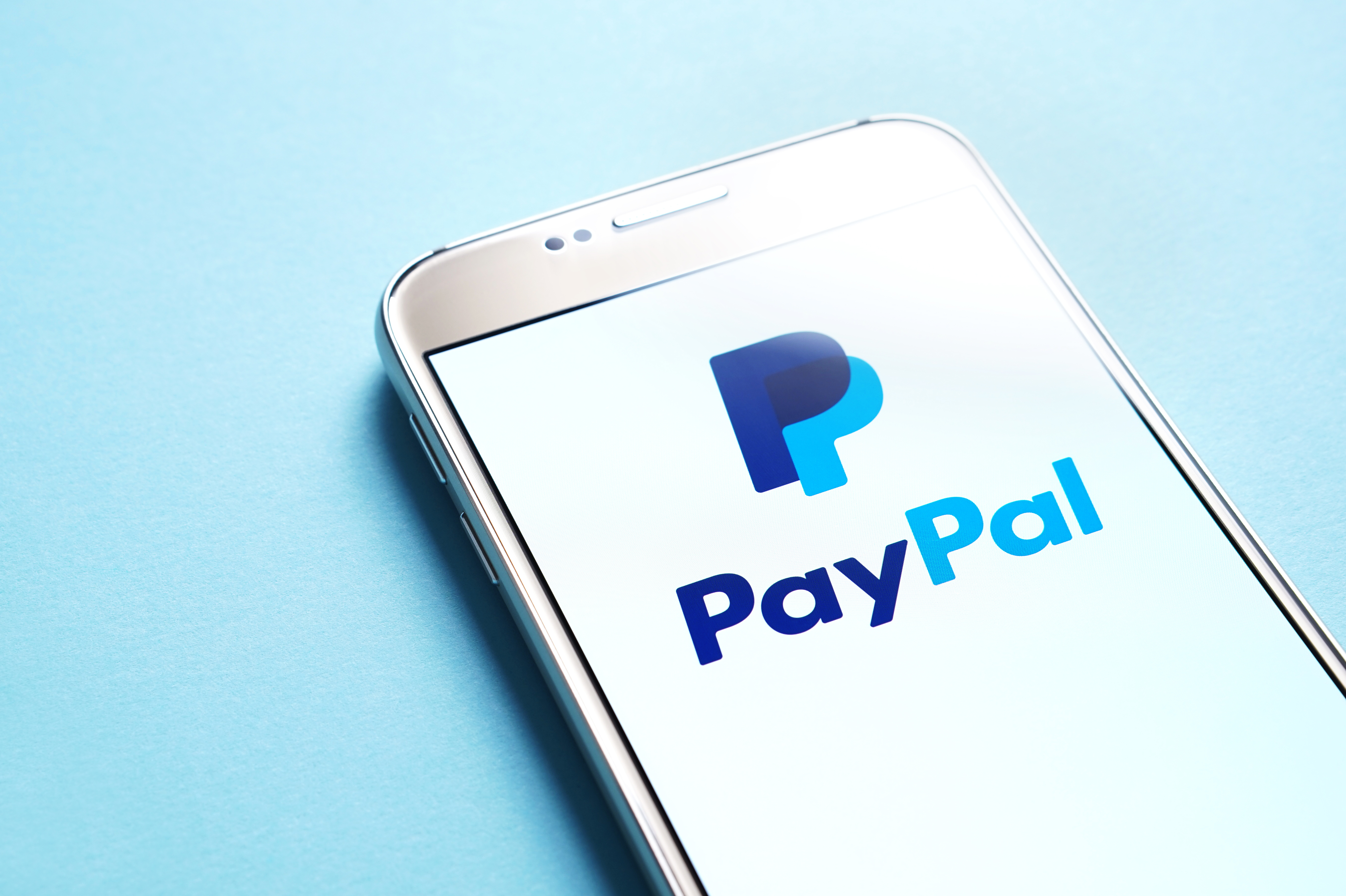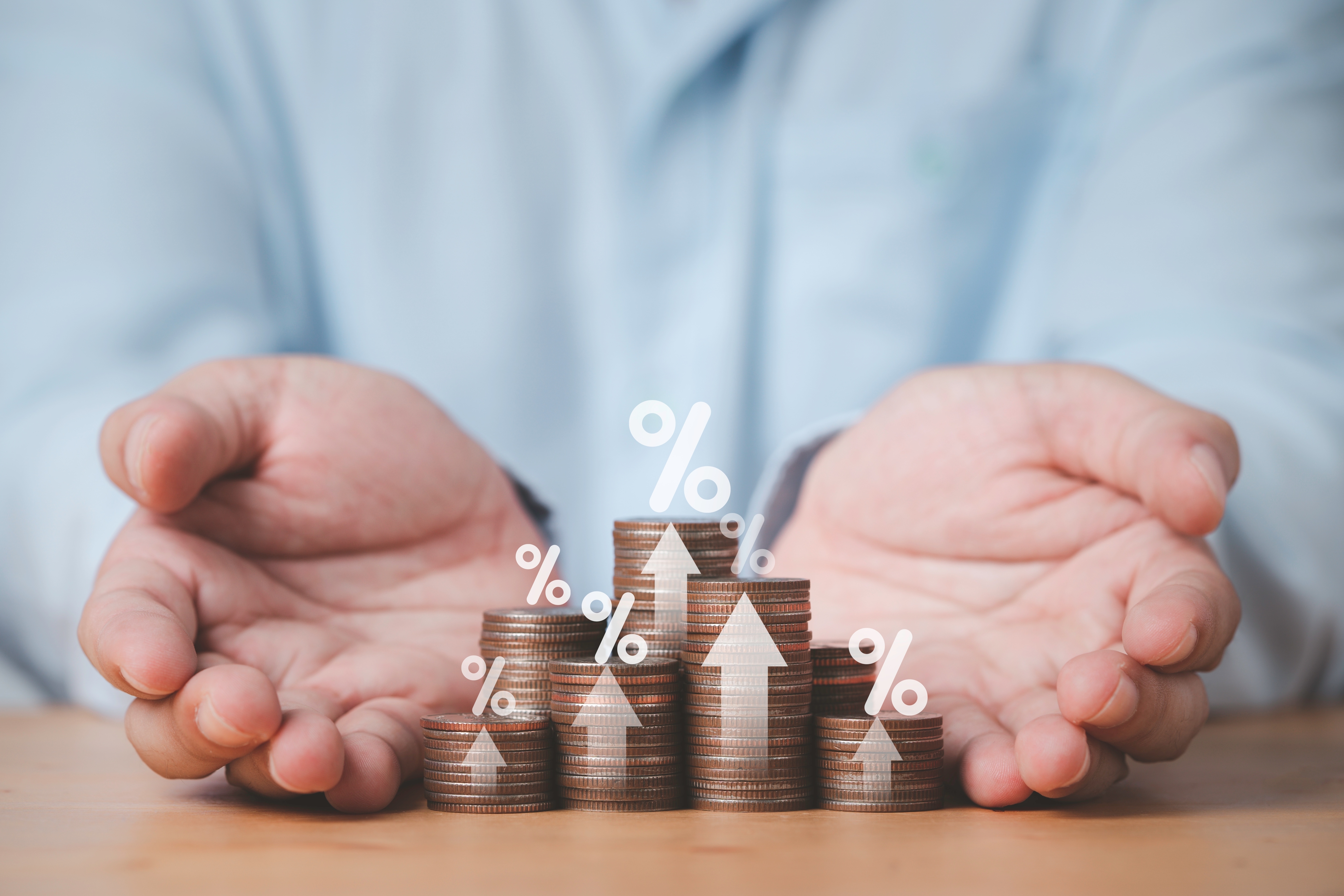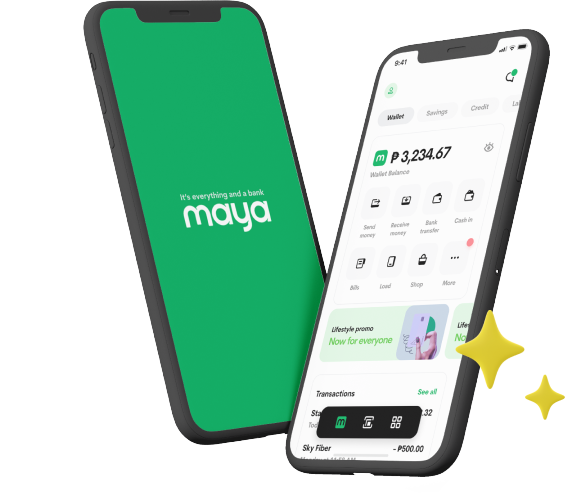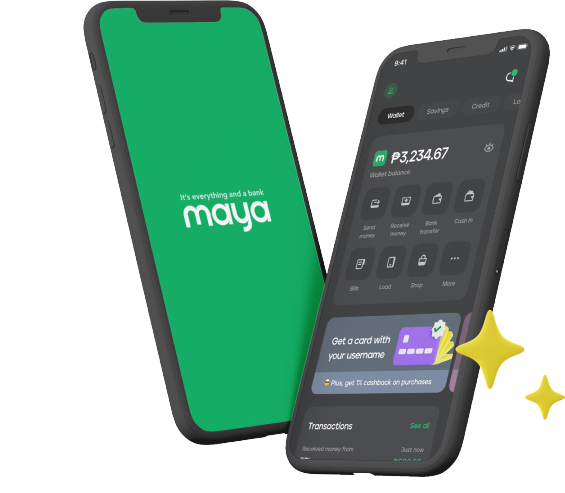Having an emergency fund is essential for achieving financial stability. It ensures you have enough money to cover unforeseen expenses resulting from emergencies, be it medical bills arising from treatment for an illness or injury, house repair costs due to an accident or natural disaster, or even temporary loss of income due to being let go from work.
Building an emergency fund, however, can be challenging. There are a lot of obstacles that can hinder your progress, from having short-term focus to being unable to distinguish between your wants and needs. Fortunately, there are several things you can do to develop the discipline you need to establish good saving habits and reach financial success. Here are some tips to consider.
1. Set a Clear Goal
To build an effective emergency fund, you need to set a clear and achievable goal. Without a specific target in mind, it can be challenging to stay motivated and disciplined in saving for unexpected expenses. While there’s no minimum or maximum amount required, financial experts suggest that a solid emergency fund has enough to cover three to six months of your living expenses.
Start by evaluating your current financial status, taking into account your monthly expenses, outstanding debts, and any other financial obligations. Doing so will provide insight into how much you need to save for emergencies. Next, set a target for your emergency fund. Include factors such as your job security, health status, and family situation to determine an appropriate amount. To make the savings process more attainable, consider breaking down your target amount into smaller, manageable milestones. This way, you’ll have an easier time tracking your progress and be able to celebrate small victories along the way. Furthermore, revisit and adjust your emergency fund goal as needed. Your financial circumstances can change over time, and certain events, such as changing careers, being diagnosed with an illness or having children, may necessitate revising your savings target to ensure adequate financial security.
2. Cut Unnecessary Expenses
Once you've established a clear goal for your emergency fund, the next thing to do is to identify areas where you can reduce unnecessary expenses and allocate those savings instead toward your fund. To do this, you have to first differentiate between essential expenses (needs) and discretionary spending (wants). Those that fall under essential expenses are considered necessities. Thus, expenses such as housing loan or rent payments, utilities, and groceries are part of this category. Those that fall under discretionary spending, on the other hand, are non-essential, and these expenses include dining out, shopping sprees, and subscription services. Of the two, discretionary spending is where you can look for opportunities to trim your expenses.
Another thing you can do to help build your emergency fund is to track your expenses for a month to gain insight into where your money is really going. Using budgeting apps or even just a simple spreadsheet, you can categorize your spending and identify areas where you can make cuts.
3. Open a Separate Savings Account for Your Emergency Fund
Opening a dedicated savings account for your emergency fund is an excellent way to instill discipline in your saving habits. When your emergency fund is separate from your main savings account, it creates a psychological barrier that discourages you from engaging in impulsive spending, making you less likely to dip into your emergency savings for non-essential purchases. Keeping your emergency fund in a separate account also ensures that you have quick access to your funds when a genuine emergency arises.
To effectively build and manage your emergency fund, consider opening a dedicated savings account with a digital bank like Maya. With our Maya Personal Goals tool, you can set aside money that is separate from your main Maya Savings account and specifically for the purpose of building an emergency fund. With Maya Personal Goals’ guaranteed interest rate of 4.0% p.a. credited monthly, you’ll be able to grow your emergency fund substantially faster than if you were to keep it in a traditional savings account with another bank that offers a paltry interest rate of anywhere from 0.10% to 0.25% per year.
You also have the option of keeping and growing your money in a Time Deposit Plus account. This time deposit account lets you lock in your money for terms of 3, 6, or 12 months while giving you a guaranteed base interest rate of 3.5% p.a. credited monthly. This can increase to up to 6% p.a. when you reach your target amount and date.
4. Be Consistent in Saving Money
Saving regularly is a great strategy to ensure consistent growth of your emergency fund without the need for constant manual effort. With Maya Personal Goals, there are several methods available to fund your Maya Personal Goals. You can transfer funds directly from your Maya Wallet, Maya Savings account, or from other bank accounts and e-wallets, such as those from BPI, BDO, UnionBank, GCash, ShopeePay, and more. Depositing to Maya Personal Goals from your Maya Wallet is free, and the funds will appear instantly in the goal you’ve set up for your emergency fund. However, transfers from other banks and digital wallets will be processed via PESONet and InstaPay, and these will include their respective fees.
By regularly putting money into your emergency fund savings account, you’ll be able to treat saving for your fund as a non-negotiable expense, similar to paying bills or covering essential expenses. This disciplined approach helps you stay on track toward achieving your desired amount for your emergency fund.
5. Increase Your Contributions Over Time
As your financial situation evolves and your income potentially increases, ramping up your savings efforts can accelerate the growth of your emergency fund and enhance your financial resilience. Expanding your savings goal enables you to create a larger financial cushion. This can lead to a more robust emergency fund that’s capable of covering potentially significant expenses, such as medical emergencies or home repairs, which tend to be par for the course for Filipino households that experience several typhoons each year. By gradually increasing your contributions to your emergency fund over time, you can strengthen your financial foundation and prepare yourself to confidently navigate unexpected financial challenges.
Building an emergency fund is essential to achieving financial security and peace of mind. With these best practices, you’ll be prepared for unexpected expenses and you’ll further foster disciplined saving habits in yourself. Open a Maya Savings account today and take advantage of our high-interest banking products to start building a robust emergency fund and to save up for the other things you need and want in life.
You might also like
These Stories on Maya
